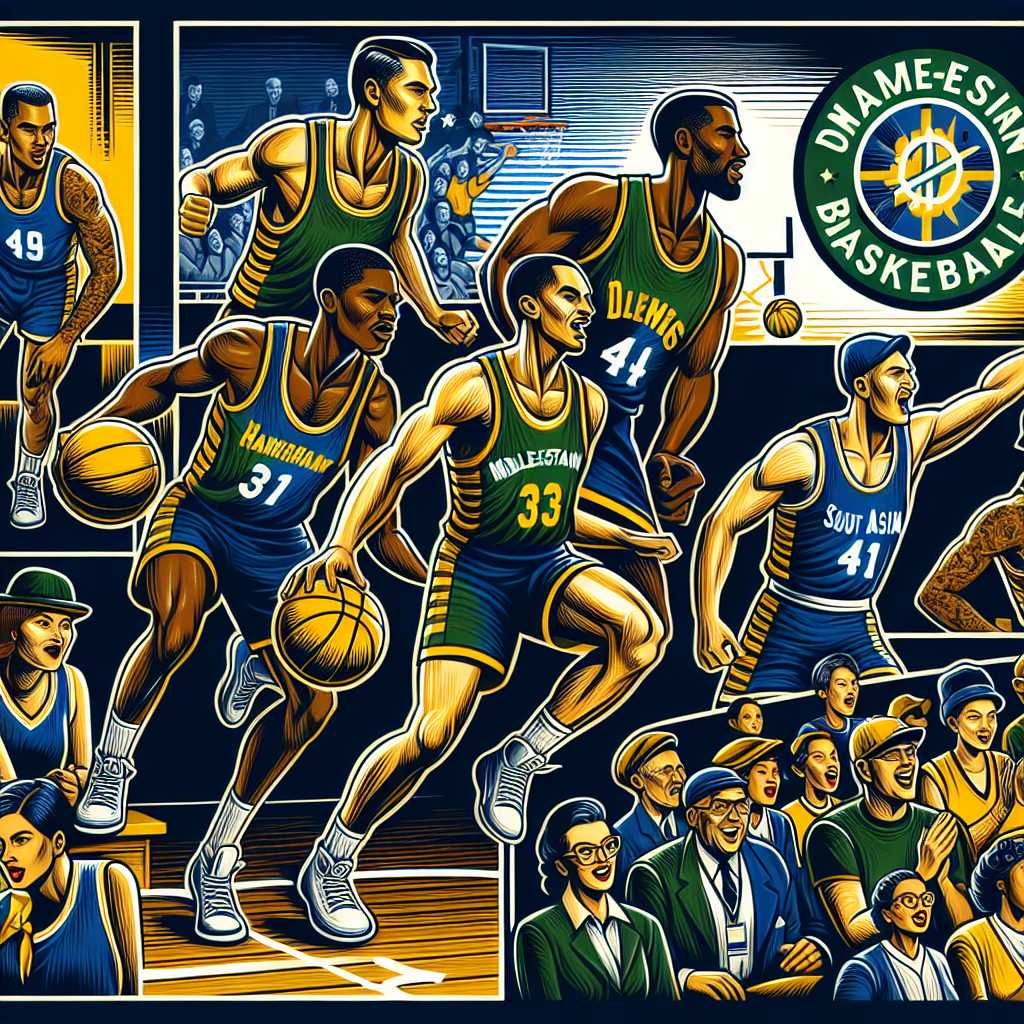The Enduring Legacy and Current State of the Utah Jazz Basketball Team
The Utah Jazz, a professional basketball team based in Salt Lake City, has cultivated a rich history within the NBA since its inception. From their early beginnings to their perennial status as fierce competitors in the Western Conference, the Jazz’s journey is a compelling narrative of sportsmanship, community, and the pursuit of excellence.
Foundations and Early Years: Origins of the Franchise
The Utah Jazz was originally established as the New Orleans Jazz in 1974, capturing the vibrant spirit of its jazz music-infused city of origin. Initially struggling like many expansion teams, the franchise sought better fortunes by moving to Salt Air City in 1979, thus rebranding as the Utah Jazz. Despite the geographical dissonance — jazz music wasn’t particularly endemic to Utah — the name stuck and has since become synonymous with basketball prowess in Salt Lake City.
Rising Through the Ranks: The Making of Contenders
Throughout the 1980s, the Jazz began laying down firm foundations under head coach Frank Layden and later Jerry Sloan. Stockton-to-Malone became a reverberating phrase echoed in arenas throughout the league, as point guard John Stockton and power forward Karl Malone set standards with their formidable partnership. This era saw the Utah Jazz rise from fringe playoffs participant to consistent contenders.
1990s Dominance: The Golden Age
The synergy between Stockton and Malone thrived through the 1990s, bolstered by a deliberate playing style and ferocious defense. Utah’s consistency under Sloan’s leadership resulted in playoff appearances every year from 1984 through 2003. The pinnacle of this stretch was consecutive NBA Finals appearances in 1997 and 1998. While they faced defeat at the hands of Michael Jordan’s Chicago Bulls each time, these battles are still celebrated as some of the most heightened moments in franchise history.
Adapting Through Change: New Millennium Shifts
Post Malone and Stockton era, the Utah Jazz faced necessary restructuring. While they never entered a full rebuild typical of fallen contenders, they managed sustained competitiveness under talents such as Deron Williams and exporting talent like Paul Millsap. Numerous playoffs appearances characterized these years though they rarely advanced past the first few rounds.
Current Dynamics: A New Era for Strategy
Today, as analytics and pace-and-space shape NBA play styles, the Utah Jazz have remained adaptable. Under head coach Quin Snyder, they’ve nurtured a sophisticated defense orchestrated by Rudy Gobert and an efficient offense led by Donovan Mitchell. Though the ultimate championship goal has remained elusive so far into the 21st century, regular-season success has been marked, with high seeds entering the playoffs in recent years.
Community Involvement and Team Culture
Utah’s sports culture is deeply integrated with fan experiences at Vivint Smart Home Arena (Vivint Arena since Vivint’s product diversification) and includes a sense of family among players and fans alike. Community events, youth initiatives, and active social responsibility campaigns reflect the organization’s commitment to its home state values.
Challenges and Prospects: Navigating Modern Expectations
Evaluating prospects going forward often whirls around discussions about player development, strategic draft choices, and strong management leadership. Moreover, maintaining health during rigorous seasons is imperative for continuity and Playoffs advancement success. As economics also influence team construction due to salary cap realities, adept negotiation becomes increasingly critical for sustainable competitiveness.
